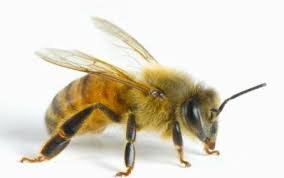buffer zones & buffer strips – what they are and why we need them
Buffer zones and buffer strips are the areas between aquatic and terrestrial zones. The best-known buffer strips are wetlands and riparian zones. They can consist of natural or planted vegetation and serve as a place for water and matter storage. The two types of limitations that impact buffer zones are internal limitations and external…

